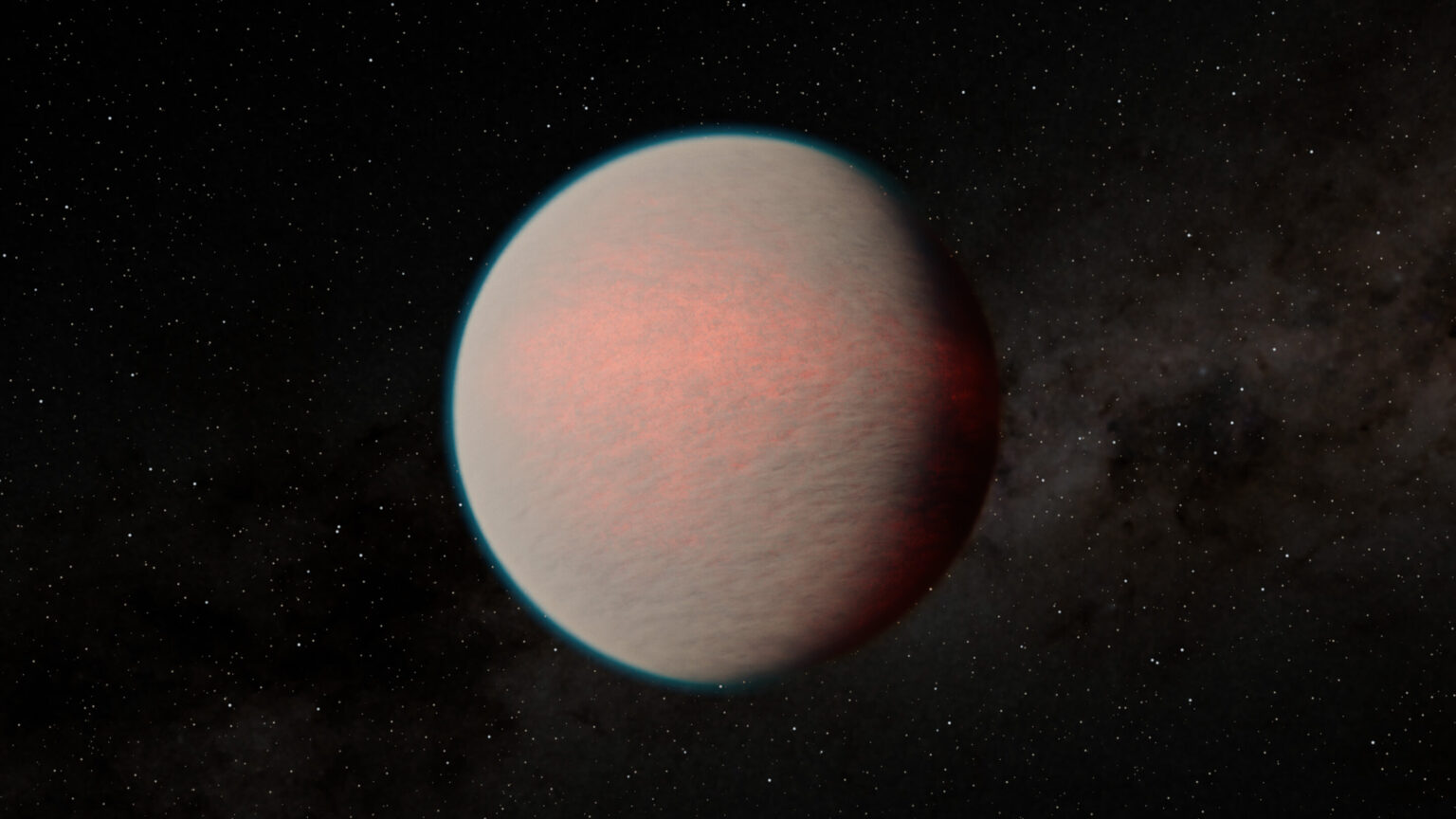Scientists have modeled the structure of rocky exoplanets. They are sure that many of them must hide even more water than Earth. Matter essential to the existence of life may be dissolved in their mantle and core.

Water in the depths of the planets
In a paper recently published in Nature Astronomy, scientists from the University of Zurich and Princeton University modeled the internal structure of rocky exoplanets. They concluded that those could contain significantly more water than previously thought.
Scientists base their conclusions on the fact that most of the planets known to humans today are much closer to their stars than Earth. On many of them, the temperature is sufficient to turn silicate rocks into an ocean of magma. At first glance, it may seem like this would encourage water to evaporate more quickly, but it really doesn’t.
Scientists have long known that molten silicates can actively absorb and retain water within them in the form of various compounds. However, they recently discovered that under certain conditions, molten iron can absorb 70 times more water than molten silicates.
And there is iron inside the planets. Their cores are made of it. At the same time, the process of separation of metal from silicates at the dawn of the planet’s existence is not instantaneous. It could take thousands of years for the main mass of iron to collect in the center. And during that time, it will be absorbing water.
How much water is in exoplanets?
Scientists have known for quite a long time that the Earth’s mantle and core contain a considerable amount of water. But the study of its dissolving in molten rocks has led to a new way of looking at water on our planet. Because it turned out that there could be 80 times more of it inside than in all the seas and oceans.
However, it is true that all this water is part of various chemical compounds. But this is enough for scientists. Now the James Webb Space Telescope is actively scanning the atmospheres of alien worlds, looking for extraterrestrial life, or at least the conditions for its emergence. Unfortunately gas shells are the only component of them accessible to terrestrial spectroscopy.
But we now know that even a small amount of water in the atmosphere means that there must be a lot more of it below on the planet. Because one way or another it will be released along with the eruptions. Scientists know very well that such an interaction exists from the example of the planet TOI-270d.
But scientists are not sure whether this will automatically increase the chances of life. The fact is that when there is a lot of water, the pressure in its layers can be very significant. Under such conditions, high-temperature ice forms, which blocks the entry of sunlight. However, scientists still take the idea of possible high water content on exoplanets positively.
According to phys.org


